Environment and Energy Materials Lab
Research
Research Theme
・Development of thermoelectric generation device using vaporization heat cooling
・Development of pn-junction devices of SWCNT films
・Evaluation of n-type stability of SWCNT films
・Development of thermoelectric generation devices of SWCNT films with mesh structure
・Performance improvement of thermoelectric semiconductor thin films by plating method
・Synthesis of low-dimensional materials for improved thermoelectric performance
・Heat transport analysis combining 3ω and nanoindentation methods
Development of thermoelectric generation device using vaporization heat cooling
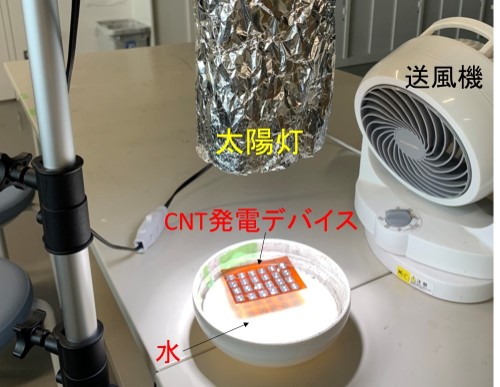
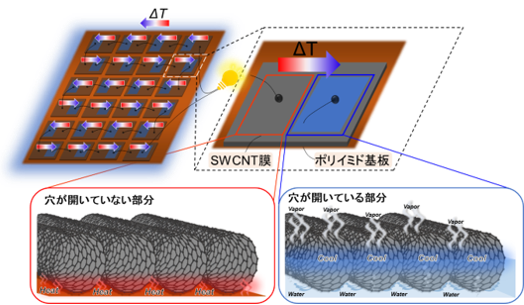
Thermoelectric power generation, which generates electricity from temperature differences, requires a heating source, but we are developing and improving the performance of thermoelectric power generation devices that do not require a heat source by creating temperature differences through vaporization heat cooling. We aim to make thermoelectric power generation more accessible by utilizing the naturally occurring heat of vaporization for cooling.
Development of pn-junction devices of SWCNT films
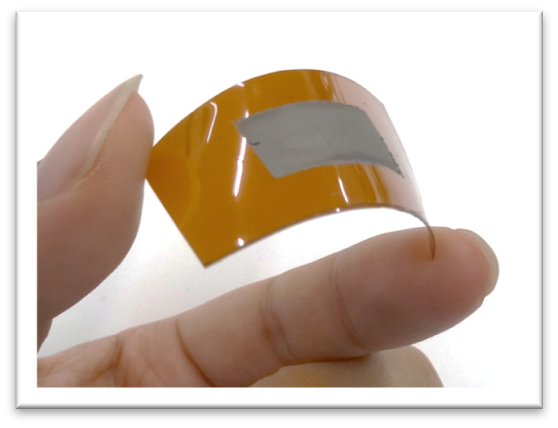
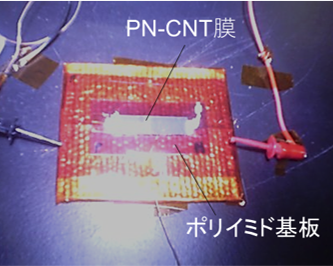
One of the thermoelectric materials is single-walled carbon nanotubes (SWCNTs), which exhibit a p-type reaction in air. By adding a positive surfactant to the SWCNTs and heat-treating them, an n-type reaction occurs. p-type SWCNTs and n-type SWCNTs are brought into contact with each other to form a SWCNT film with a p-n junction. We aim to improve thermoelectric performance and voltage generation by changing the fabrication conditions.
Evaluation of n-type stability of SWCNT films
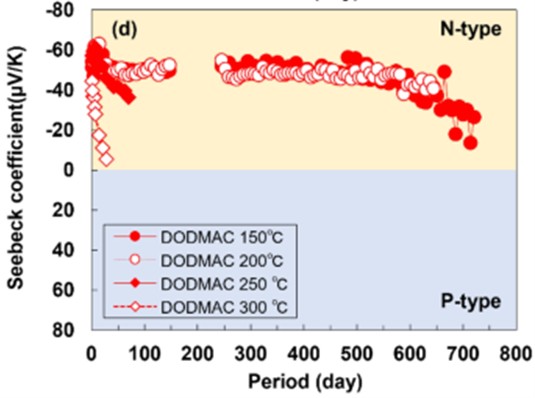
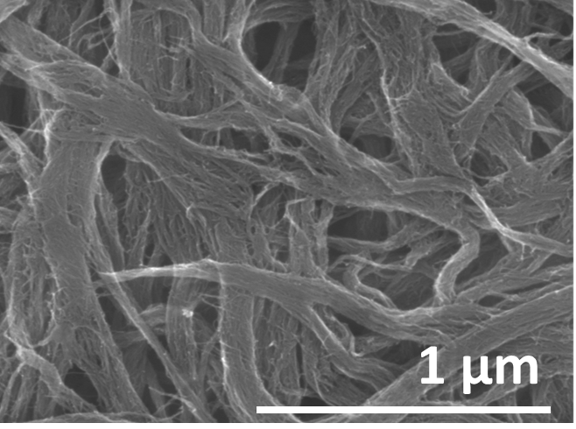
Single-walled carbon nanotubes (SWCNTs) have attracted attention as a thermoelectric conversion material that exhibits p-type behavior in an atmospheric atmosphere. Recent research has confirmed that SWCNTs can retain their n-type for about two years by doping with a specific surfactant and heat-treating. In order to obtain higher electromotive force, it is required to improve the performance of n-type thermoelectric conversion materials, and we are evaluating the n-type thermoelectric conversion materials.
Development of thermoelectric generation devices of SWCNT films with mesh structure
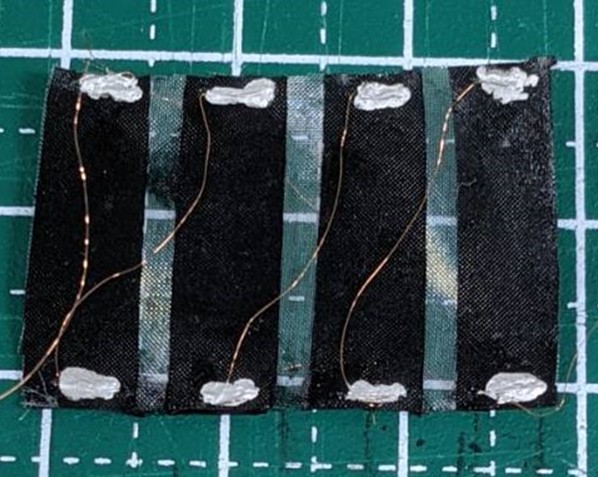
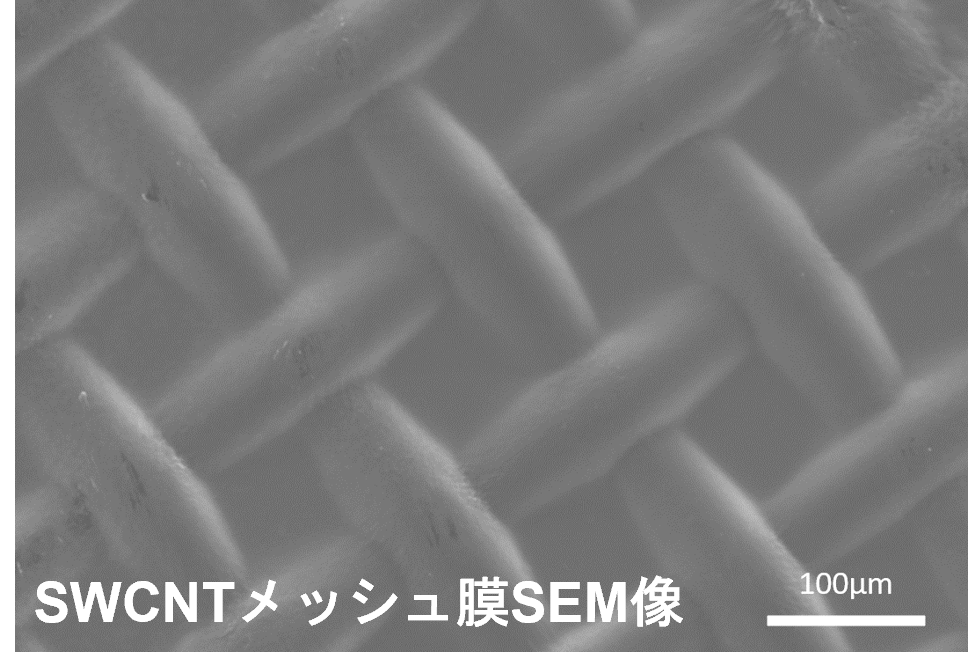
By coating a SWCNT dispersion solution on a substrate made of mesh material, we are studying the fabrication of SWCNT films that are flexible, have high heat dissipation, and can more easily generate temperature differences within the film. Using the SWCNT/mesh film, we are working on the fabrication of thermoelectric power generation devices that have flexibility and can easily generate temperature differences throughout the device.
Performance improvement of thermoelectric semiconductor thin films by plating method
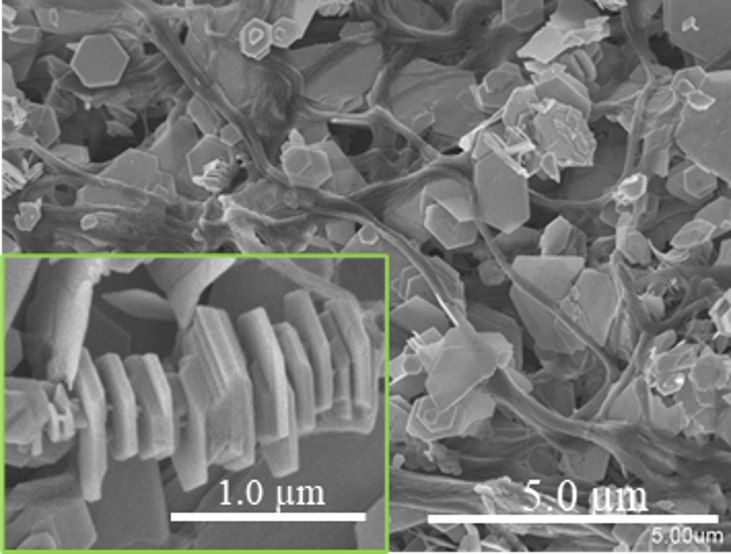
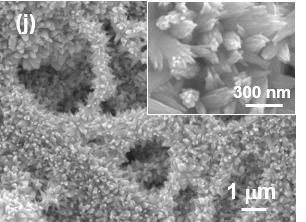
Thermoelectric semiconductor thin films are fabricated using bismuth telluride materials, which perform best near room temperature, and flexible SWCNT substrates. The plating method has a high deposition rate and does not require expensive equipment, thus reducing the cost of producing thin films.
Synthesis of low-dimensional materials for improved thermoelectric performance
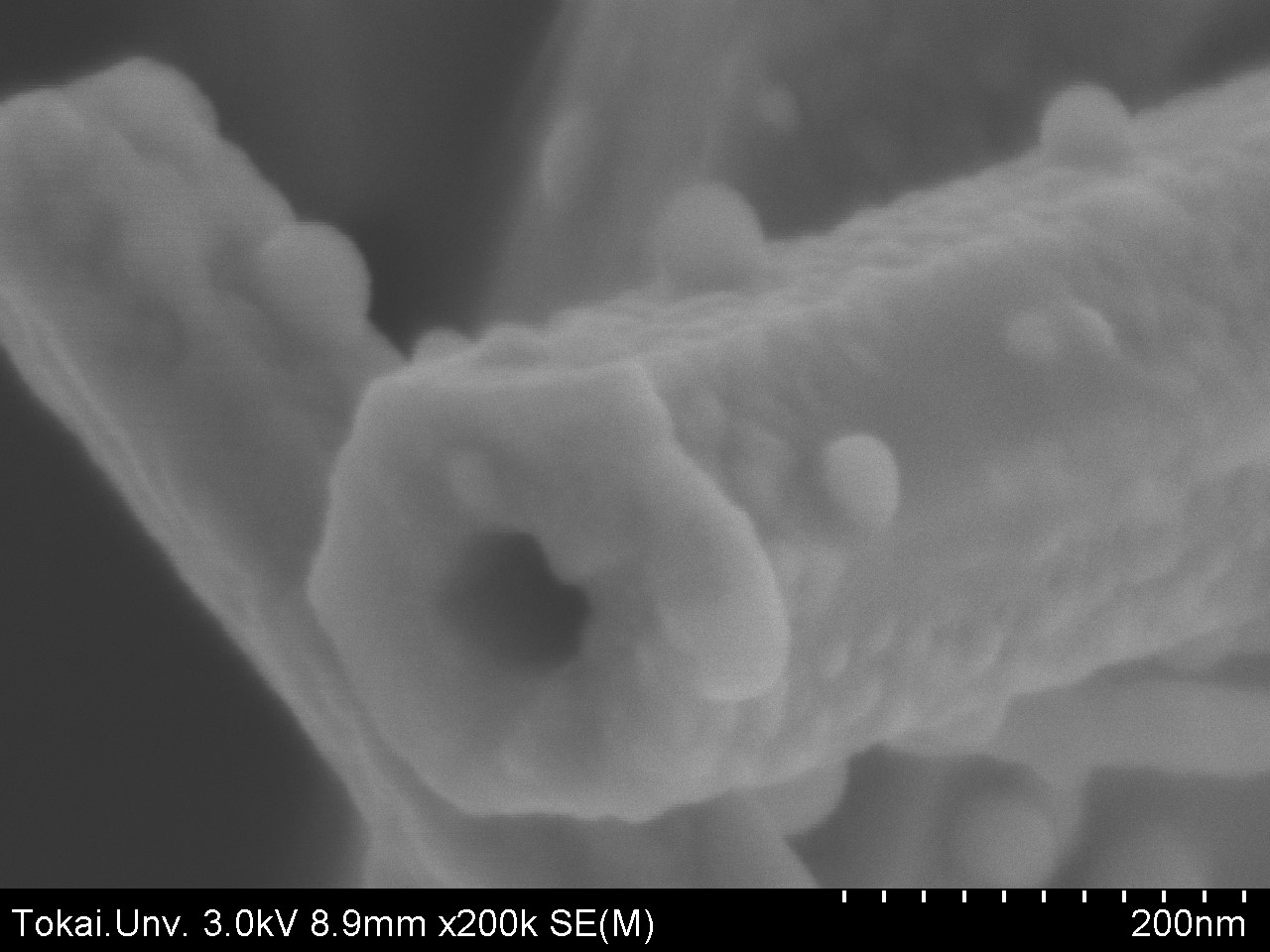
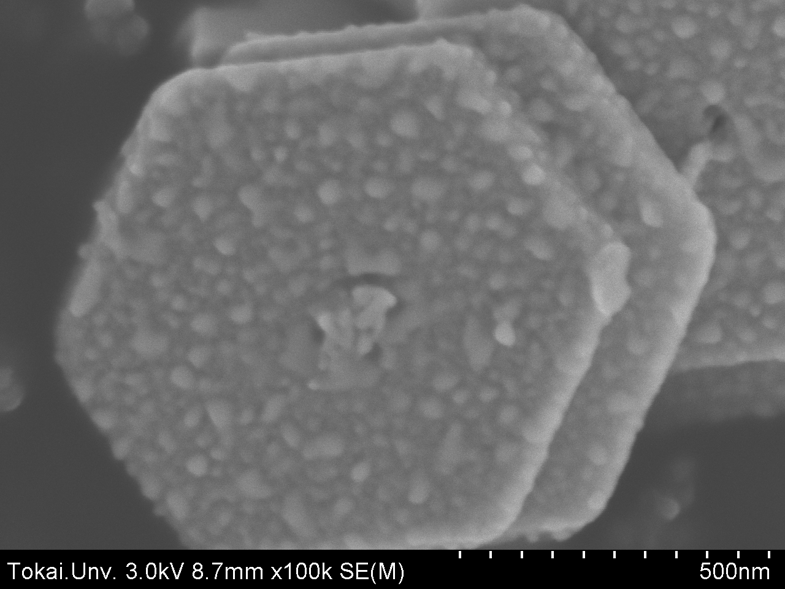
We fabricate nanostructured materials such as nanoplates and nanorods using the solvothermal method, in which a liquid is used as a solvent and synthesis is performed using ionic reactions in solution under heating and pressure, and observe changes in thermoelectric performance due to changes in crystal growth and surface modification. We aim to improve thermoelectric performance from various viewpoints by taking advantage of the easy adjustment of various parameters such as processing temperature and processing time, which is an advantage of the solvothermal method.
Heat transport analysis combining 3ω and nanoindentation methods
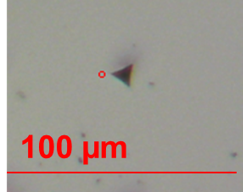
In this laboratory, the thermal conductivity (in the thin film direction) of thermoelectric semiconductor thin films is measured by the 3ω method. By using this measurement, the thermal conductivity of nanostructured thin films such as nanocrystals and nanolayers is clarified, and the effect of nanostructure on the reduction of thermal conductivity is studied from a practical point of view. Also, by using the nanoindentation method, we evaluate the hardness and modulus of elasticity from calculated physical quantities (load and indentation depth) only by calculation.
Copyright(C)Environment and Energy Materials Lab